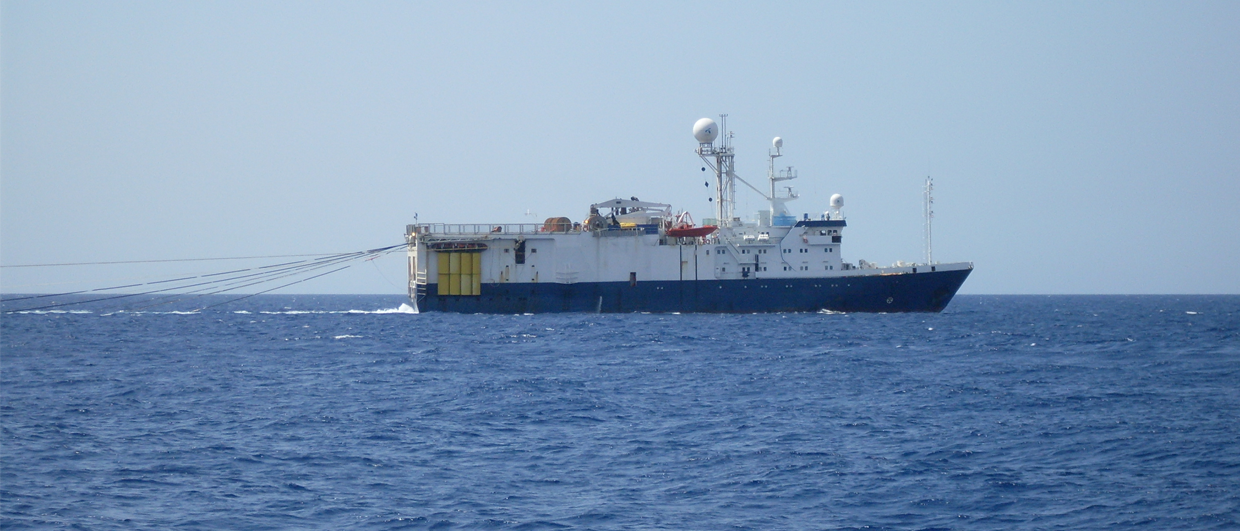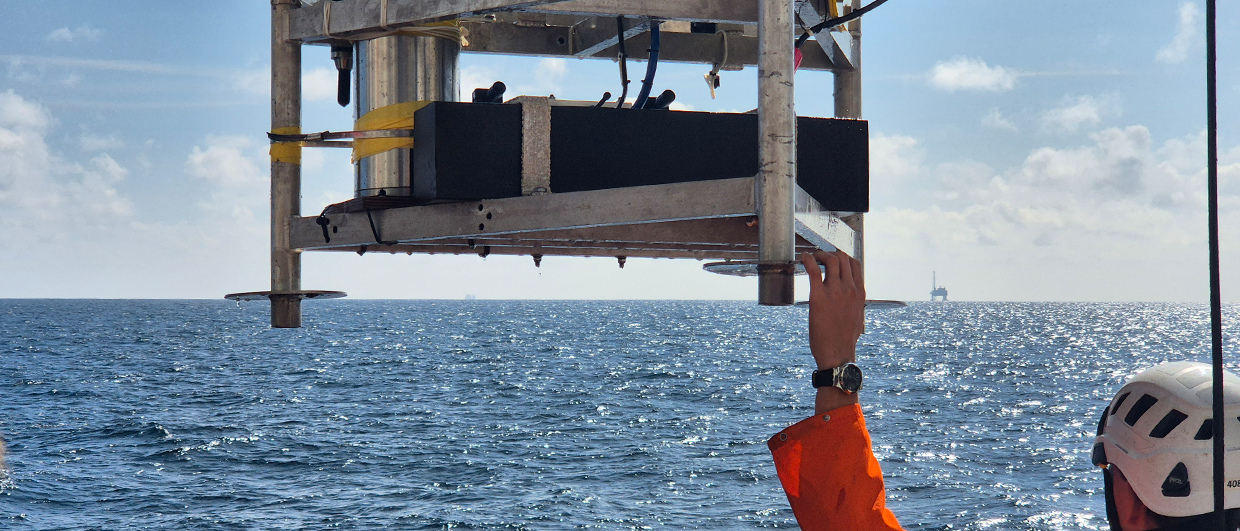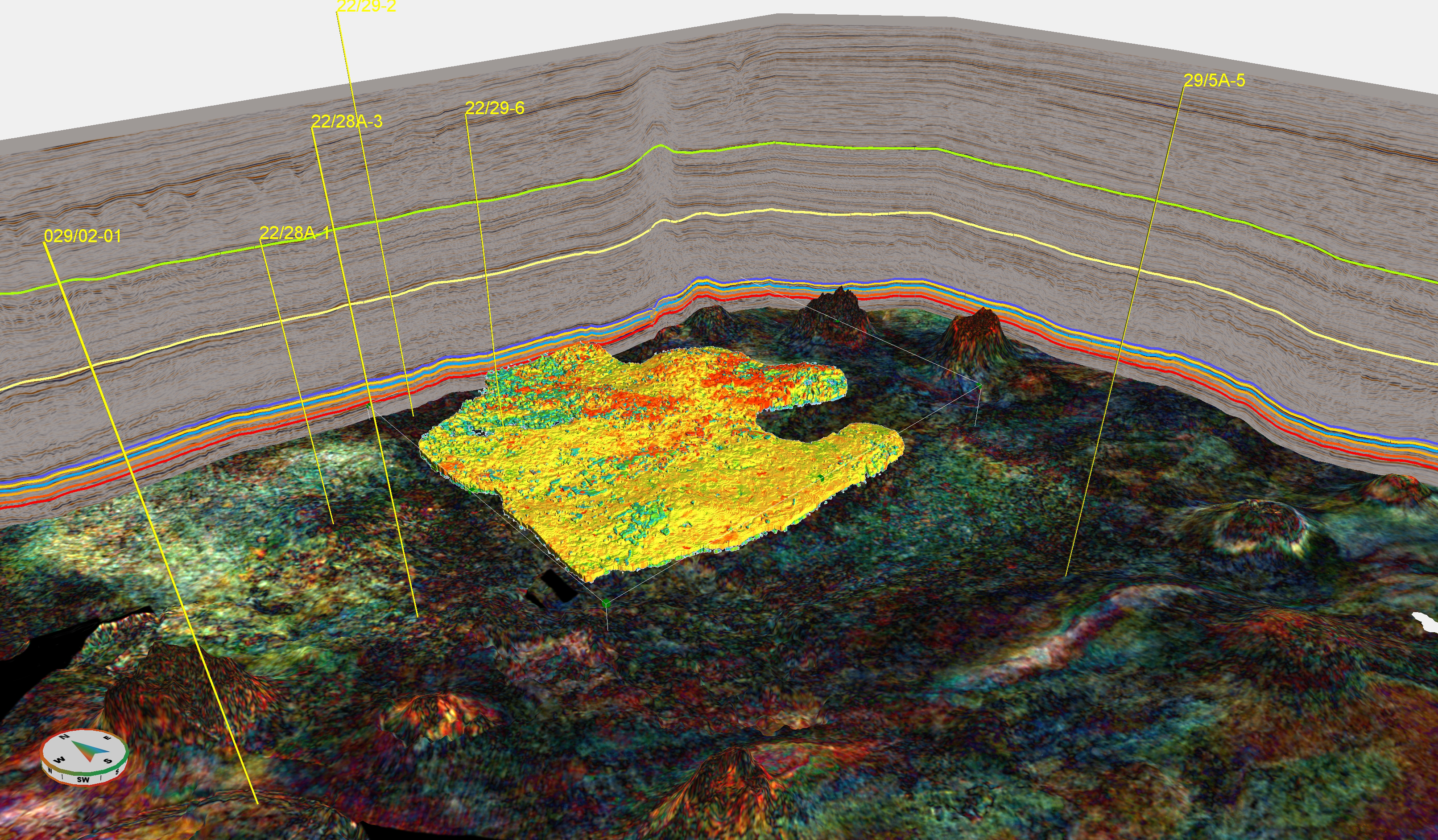With reservoirs being thick, abundant and in many cases not been properly tested yet, the Triassic of the North Sea is awaiting more appraisal in the years to come.
This was Stuart Archer’s conclusion, who gave a virtual presentation for members of the Petroleum Exploration Society of Great Britain (PESGB) yesterday. Stuart recently took up the position of chief geologist at Chrysaor in Aberdeen following a diverse career in industry and academia.
As a very tangible example of the Triassic being back in the spotlight is the fact that Neptune UK is currently developing the Seagull field in the Central North Sea. Another message that Stuart sent home is the opinion that the Triassic Lunde Formation in the Northern North Sea deserves more testing as many wells historically called TD in the overlying Raude mudstones once it was clear that the Middle Jurassic primary reservoirs were fully penetrated.
Below is a short outline of some other interesting observations and developments regarding the Triassic of the North Sea.

The Triassic and Tertiary dykes
One intriguing observation Stuart made was that there is a possible relationship between Tertiary dykes and the places where Triassic productive reservoirs have been found in the Southern North Sea. Looking at the “string of pearls”, as he described the Forbes, Esmond, Gordon, Hunter and Caister Triassic discoveries, these all line up with the presence of dykes. Although someone else in the audience commented that some of the gas in the Triassic in the Southern North Sea can be “more conventionally” explained by Zechstein salt touchdown, it is still an intriguing coincidence that may be explained by “leaky” damage zones caused by the emplacement of intrusions.
New research
An example of new academic research that has recently shed another light on Triassic fluvial systems in the Central North Sea comes from the work of Ewan Gray from Aberdeen University. In a paper published last year, he interprets the Skagerrak sandstones as a distributary fluvial system whereby stratigraphy, depositional facies and proximal-distal position within the depositional system were identified as controls on reservoir quality and dynamic reservoir performance. Through rigorous paleocurrent measurements, he also concluded that both the Norwegian and UK-sourced fluvial point-sourced and fan-shaped systems met in a southerly flowing axial system in the centre of the basin.
Recent biostratigraphic work on the Triassic has also resulted in a better chronostratigraphic grip on a succession that was until recently thought to be mostly barren. In a publication authored by Roger Burgess and co-workers, again from Aberdeen University, 32 wells in both the Norwegian and UK sectors were sampled and successfully analysed for the presence of pollen. The results allow the Triassic to be subdivided into eight biozones that can be used to correlate the Triassic successions of the Central North Sea (CNS) and help to provide both clarity and age constraint on previously disputed stratigraphic units.
Remaining potential
At the end of the talk, Stuart again highlighted that it’s not only academic interest that attract people to the Triassic, the succession is still very much a target for exploration too. An example of a Triassic prospect that is now finally on the cards to be drilled is the Edinburgh prospect in the Central North Sea. Given that it straddles the median line, with operator Shell on the UK side and DNO on the other, the delay in drilling this sizeable prospect must probably be seen in the light of ironing out the share of reserves in case of a discovery. Other Triassic prospects include Boaz in the South Viking Graben (also a cross-border project), Dunnotar and Terringzean.
Combined with developments such as the Seagull drilling campaign, and the fact that the Bunter Sandstones are being looked at for CO2 storage in the Southern North Sea, the Triassic is very much back in the spotlight and will hopefully prove to deliver again in the next few years.
HENK KOMBRINK





